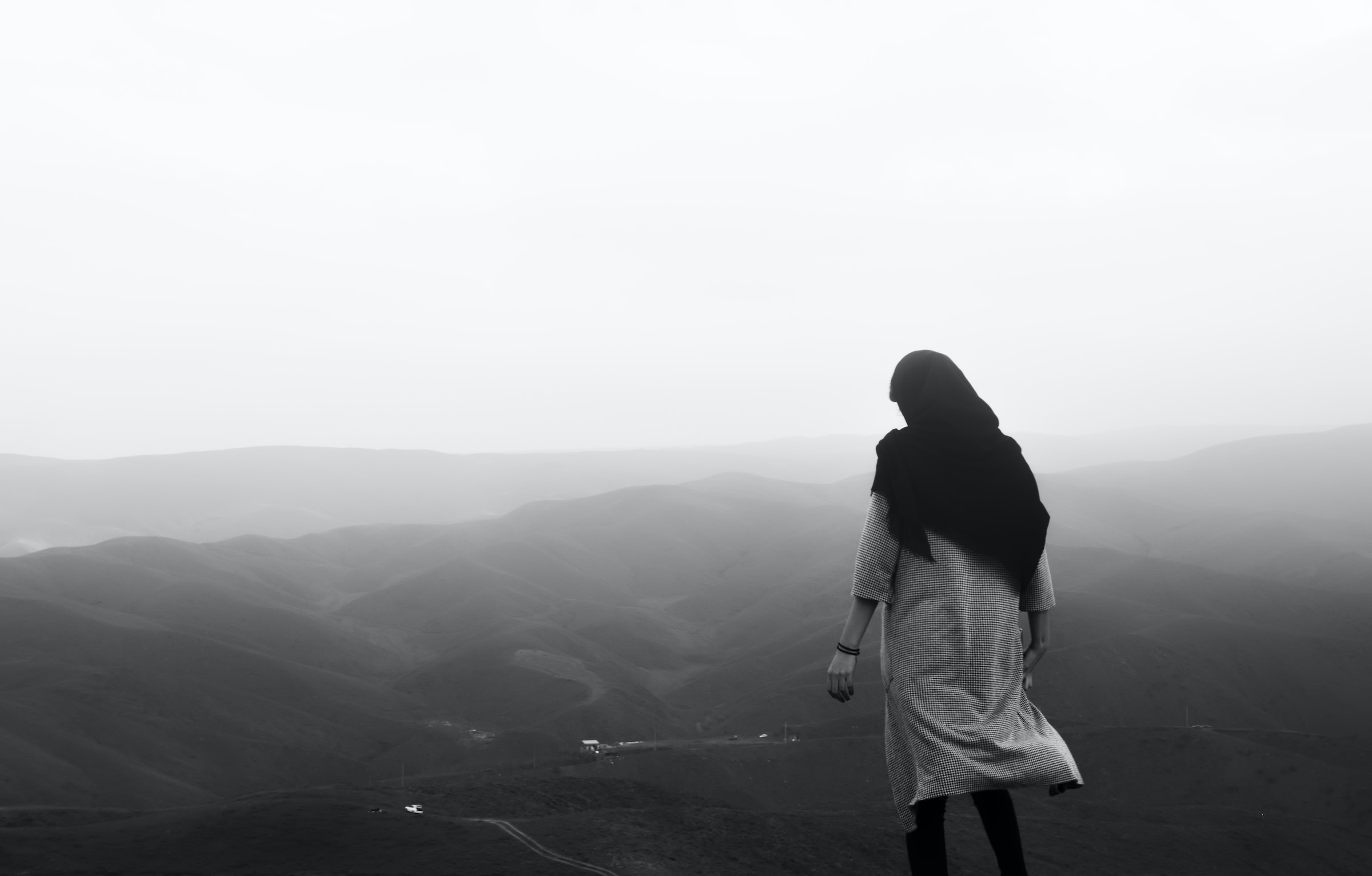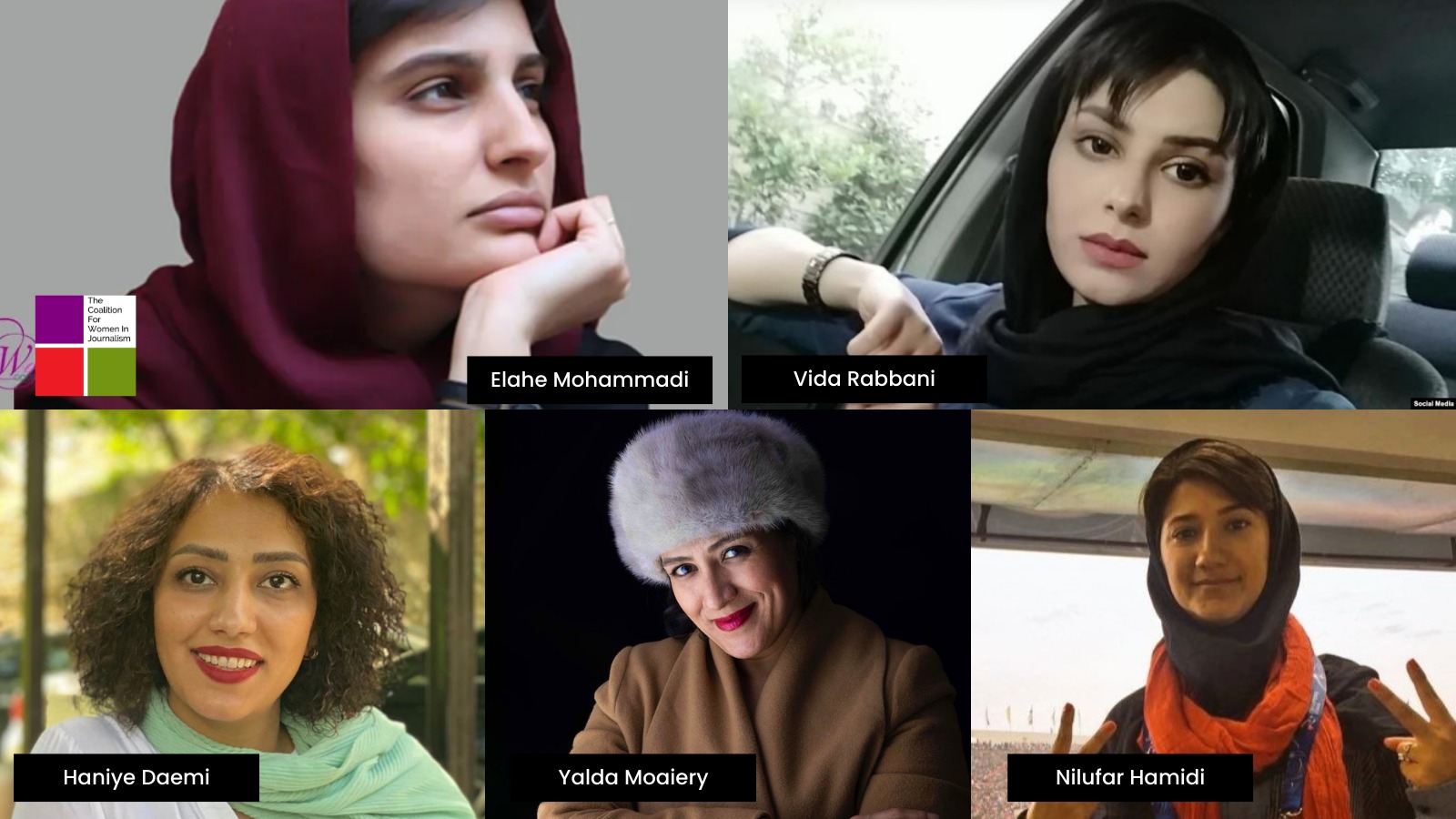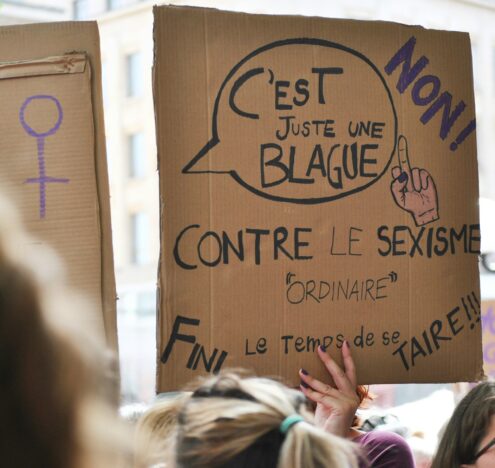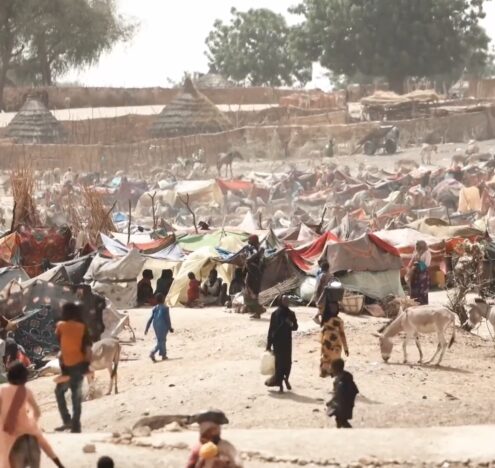When 22-year-old Mahsa Amini went into a coma after being violently treated under the custody of the so-called “morality police” for not wearing a proper hijab in Tehran, one journalist packed her bags and camera and went to check on her at the hospital. She knew the danger — there are plenty of reasons why most journalists would avoid following the story they knew involved the notorious policing agencies in Iran. But Nilufar Hamedi, a Shargh newspaper reporter, has been following women’s arrests there for a while, and she was not going to miss this one.
There is no doubt that since these demonstrations, Iran has expedited its crackdown on the press, and women journalists are one of its first and most vicious targets.
Hamedi arrived at the hospital and was shocked to find Amini was in a coma. After speaking to her family, Hamedi shared the image of a distressed, and what appeared to be bruised Amini, on her social media. This image went viral, first in Iran and then worldwide. The brewing anger of women being policed in the country quickly turned into an outburst. Almost every woman in Iran fears these detention centers, and witnessing another woman lie in excruciating distress, and eventually, die, added fuel to the fury.
Soon Amini’s name was trending on Persian Twitter and Instagram, all thanks to the reporting of Hamedi. When Amini died on Sept. 16, 2022, Iranians took to the streets.
SILENCING IRANIAN WOMEN JOURNALISTS
Another journalist, a veteran photographer who has covered many parts of the world, Yalda Moaiery, went to document the uprising from the frontline. Moaiery’s graphic images of protests against the theocratic state made rounds on the Internet. Not long after Iranian security forces huddled to begin what would be one of the sternest crackdowns on the press — and particularly on women journalists. Both Hamedi and Moaiery were arrested shortly after their work got out in the world.
When Iranian security forces arrived at Nilufer’s home, they came prepared to take her journalistic equipment and documents, not only confiscating a journalist’s confidential archives, but also her personal belongings. With details we got from sources on the ground, the Coalition for Women in Journalism (CFWIJ) has reported the arrest of Hamedi and several others that followed.
There is no doubt that since these demonstrations, Iran has expedited its crackdown on the press, and women journalists are one of its first and most vicious targets. Amongst the several journalists and activists CFWIJ has been in touch with, many have already been arrested by security forces and almost all of them are taken to undisclosed locations. Within 48 hours of Amini’s tragic death, 23 journalists were arrested, and 12 of them were women. According to the lawyers and colleagues we have spoken to, most of these women journalists arrested in the last week are in solitary confinement.
Iran has already been one of the most dangerous countries for women journalists to work in, given the threats and legal harassment they face for day-to-day news coverage. The country’s record of putting women behind bars has been particularly troubling. Even before the protests, according to CFWIJ research in the past few years, Iran had been one of the top four countries in the world to put women journalists behind bars, alongside China, Turkey, and Saudi Arabia. Today the total number of women journalists behind bars in Iran is 22, making Iran the world’s top jailer of women journalists.
THE COMPLICATED REPRESSION OF IRANIAN WOMEN
In this ongoing climate of repression against rights in Iran, the crackdown on women is particularly intentional. Limiting women from their right to express themselves, and to participate with liberty and independence, is one of the most fundamental tools that has helped Iran’s misogynistic leadership maintain its dominance. While Iranian women are restricted in many ways by the laws of the state, the majority of women in Iran are educated. According to some sources, women maintain a 97% literacy rate. Furthermore, 65% of university graduates in Iran are women, and 70% of STEM (science, technology, engineering, and math) graduates are also women.
While this is not the first time women have taken to the streets to demand their rights and express their dismay at the mandatory hijab — there were similar uprisings in 1979, 2005, and 2009 on the same issues — the depth, consistency and unified voice of today’s protests has not been seen before.
And the protests show little sign of slowing down in many parts of Iran. In fact, in the Kurdish majority areas — where Amini is from, and a region that has long been suppressed under identity politics in the country — have seen intensified participation. As more women are coming out on the street, burning hijabs and tearing down pictures of Ayatollah Ali Khamenei and the late General Qassem Suleimani, let’s not forget that these reports are vetted and photographed by journalists who are very well aware of the risk they continue to take as they cover the protests.
THE BRAVERY
The vibrant demonstration, and resilient journalists braving arrest and indefinite detention, are developments that were unthinkable months ago.
Many brave journalists across the country are risking their lives to illuminate what the Iranian public is experiencing, and what these journalists themselves as human beings have been frustrated with. As one of the journalists told me last week before she got arrested, “I will continue to report every single story, because I want the world to know what is happening in my country. And also because I want the world to know what could happen to me… this is all too personal.” Two days later she was arrested by security agencies.
I wish Iranian leaders understood that arrests, threats, abductions, violence, and killing of their own citizens will not solve their problem. They need to behave like leaders and evolve with the times. Cracking down on the press and protesters, cracking down on women who demand their rights, and women journalists who are witnesses to these developments, will not solve Iran’s problems. Stifling speech in Iran will not make Iran a powerful country, and it will not save Iran from the economic crisis it is confronted with.
If there is any courage amongst Iranian leadership they should show it by releasing journalists from prison, and letting women witness, speak, and write. The new slogan in Iran, “woman, life, freedom” marks an opportunity for a new beginning, and it’s time for the Islamic Republic to take it, and stop being afraid of its women.
Kiran Nazish is a former war correspondent and professor. She is currently the founding director of the Coalition For Women In Journalism, which can be found on Twitter here.






















